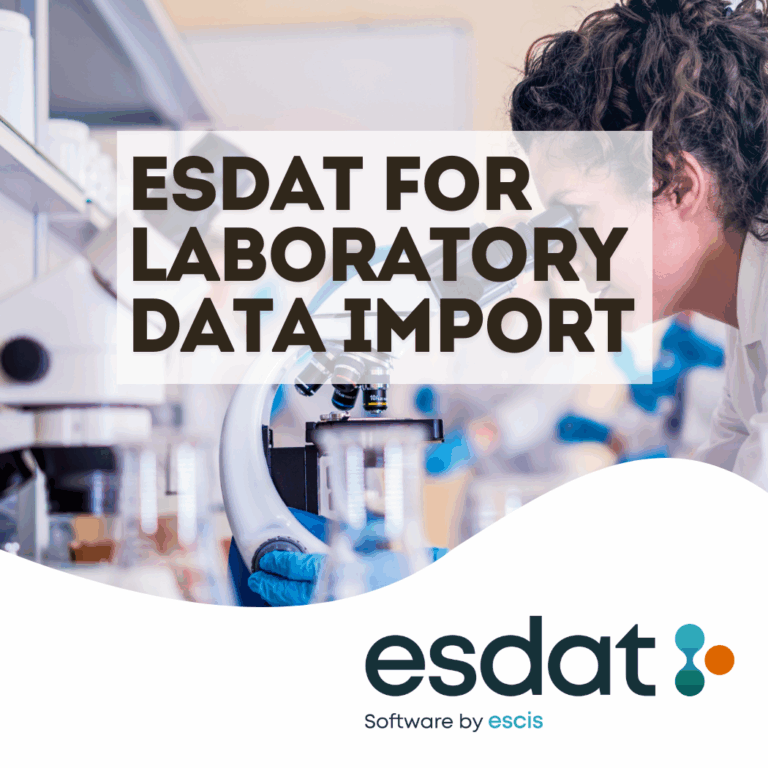
1. What are the key updates in the 2024 Alberta Tier 1 and 2 Soil and Groundwater Remediation Guidelines?
The 2024 updates include:
• Updated dioxins and furans numbers
• More conservative xylene vapour inhalation numbers
• Updated hydrocarbon subsoil offsite migration values
• Minor edits to values for pyrene, parathion, silver, 1,2-dichlorobenzene, and fluoranthene
2. Why were the dioxins and furans numbers updated?
The dioxins and furans numbers were updated to reflect the latest research and risk assessments, ensuring safer and more effective remediation strategies.
3. What changes were made to the xylene vapour inhalation numbers?
The guidelines now include more conservative numbers for xylene vapour inhalation to enhance protections against potential inhalation risks and safeguard public health.
4. How have the hydrocarbon subsoil offsite migration values changed?
The hydrocarbon subsoil offsite migration values have been updated better to manage the movement of hydrocarbons in the subsoil and mitigate offsite contamination risks.
5. Which contaminants saw minor edits in their values?
Minor edits were made to the values for the following contaminants:
• Pyrene
• Parathion
• Silver
• 1,2-Dichlorobenzene
• Fluoranthene
6. How can I access the 2024 Alberta Tier 1 and 2 Guidelines?
The 2024 guidelines are integrated into ESdat Online and can be synced by ESdat Server users for seamless access and implementation.
7. What about applying for a remediation certificate with the new guidelines?
Confirmatory analytical data must comply with the edition of the Alberta Tier 1 or Tier 2 guidelines in effect at the time of application. The 2022 guidelines can be used with the regulator’s written approval before October 1, 2024. Applications submitted after June 27, 2024, without this approval must comply with the 2024 guidelines.
8. Are there any exceptions to the analytical methods required by the new guidelines?
Yes, exceptions include:
• Soil boron, salinity, and soluble ions must be analyzed in saturated paste extracts per Tier 1 guidelines.
• Barite-barium must be analyzed by fusion-XRF or fusion-ICP.
• Monoethanolamine and diethanolamine must be analyzed by ion reflux extraction.
9. Is there guidance on methanol preservation for soil samples?
Yes, the Alberta government provides guidance on methanol preservation for soil containing volatile hydrocarbons. Details are available in the document “Field Preservation of Volatile Compounds with Methanol.”
10. What are the guidelines for subsoil petroleum hydrocarbons in Alberta’s Green Area?
The guidelines allow for eliminating specific hydrocarbon fractions at depths greater than 1.5 metres in fine-textured soil. They provide detailed conditions and apply only to remote sites reclaimed for forested land use.
11. How does the Subsoil Salinity Tool (SST) assist with remediation?
Using site-specific data, SST Version 3.0.1 provides remediation guidelines for sodium chloride-based salt contamination below the root zone. It helps determine guidelines for chloride, sodium, and sodium adsorption ratio.
12. What are the salinity guidelines within the root zone?
Different salinity guidelines apply within the root zone, as specified in the Alberta Tier 1 Soil and Groundwater Remediation Guidelines.
13. Where can I find more information on the updated 2024 Alberta Tier 1 and 2 Guidelines?
The Alberta Tier 1 and 2 Soil and Groundwater Remediation Guidelines and related documents are available on the Alberta government’s website and the ESdat Environmental Standards page and contain more information.
Related Articles to 2024 Alberta Tier 1 and 2
Update: 2024 Alberta Tier 1 and 2 Soil and Groundwater Remediation Guidelines
What are Alberta Tier 2 Soil and Groundwater Remediation Guidelines?
What are Alberta Tier 1 Soil and Groundwater Remediation Guidelines?






